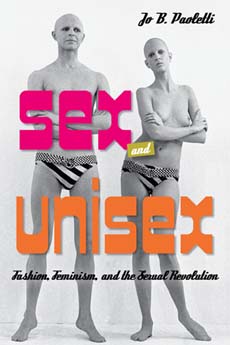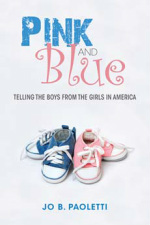- I has on the phone talking to a Washington Post reporter about a dress code story involving leggings, and I started noticing how many of the women in the coffee shop were wearing them -- ALL OF THEM, except the two women wearing skinny jeans. I could have packed my skinny jeans after all.
- The same woman, who is probably 8-9 years older than I, does all of her shopping locally, mostly at Christopher & Banks at the Platte River Mall. She is particular about fit and hesitates to trust online sources.
- One of the staff members at the library taught at the high school in the 1960s and 70s, and shared her recollections of dress code issues from that era, especially girls' skirts getting shorter and shorter, until pants became the more modest alternative.
- I met the owner of the local clothing store, and mentioned that I felt overdressed because I was wearing a decorative scarf. "Yeah, we aren't much for accessorizing here", he said. So my impression has been confirmed.
|
Day three of my research trip was a real eye-opener. I am still settling in and feeling my way around, so what I learned was pretty random, but still interesting.
0 Comments
For the next few weeks, I will be visiting my old home town, North Platte, Nebraska, in search of answers to a long (and growing) list of questions. Some of the questions are personal, and I will be blogging those elsewhere. But they intersect with questions related to my current book project about women, fashion, and identity across the life course. Those questions -- and whatever answers I find -- will be posted here. Intersectionality -- defined as "the complex, cumulative manner in which the effects of different forms of discrimination combine, overlap, or intersect" -- has played an increasingly important part in my research. Decades ago, it was sufficient to focus on gender and sexism, but the realities of discrimination and have led scholars to also incorporate racism, classism, and other oppressive ideologies into their work. My interest is in how ageism works in these mixtures.
At the same time, I am fearful of trying to take on too much -- too many variables. So this trip reduces the complexity to the intersectional life courses of white women of my own age, but with whom I share a common origin. I lived in Nebraska for the first eight years of my life, seven in the bustling railroad town of North Platte. How would my life have been different if my family had not moved to the New Jersey suburbs, and then to rural New England? What was it like to grow up in North Platte? Specifically, I expect to begin with questions like these:
It took me a while, but I have settled on the paper topic I will be presenting (fingers crossed) at the Popular Culture Association conference in San Diego next April. Since I am in the middle of a giant research project, I had lots of choices, but this one kept calling to me. Here is the abstract I submitted. What do you think? Women's clothing sizes are complicated. Despite decades of attempts to standardize them based on measurements, female shoppers still must navigate a confusing, chaotic system of categories, vanity sizing, and proprietary sizing schemes. In this presentation, I will add to the confusion by tracing the shifting relationship between age categories and size categories (junior, misses, and half or plus sizes, for example).
This fraught relationship dates back to Lane Bryant's maternity designs, which found a market among "stout" women, especially those over fifty. Similarly, junior sizes, once designed for the slim, high-busted figures of women in their teens and early 20s, became the size range of choice for women of any age who retained their "girlish" figures. (Thus "A size, not an age", the theme of a 1957 fashion show at Saks Fifth Avenue.) I will discuss this quandary from the point of view of women over fifty, who must search for "age appropriate" clothing based on their body type. |
Jo PaolettiProfessor Emerita Archives
January 2023
Categories
All
|


